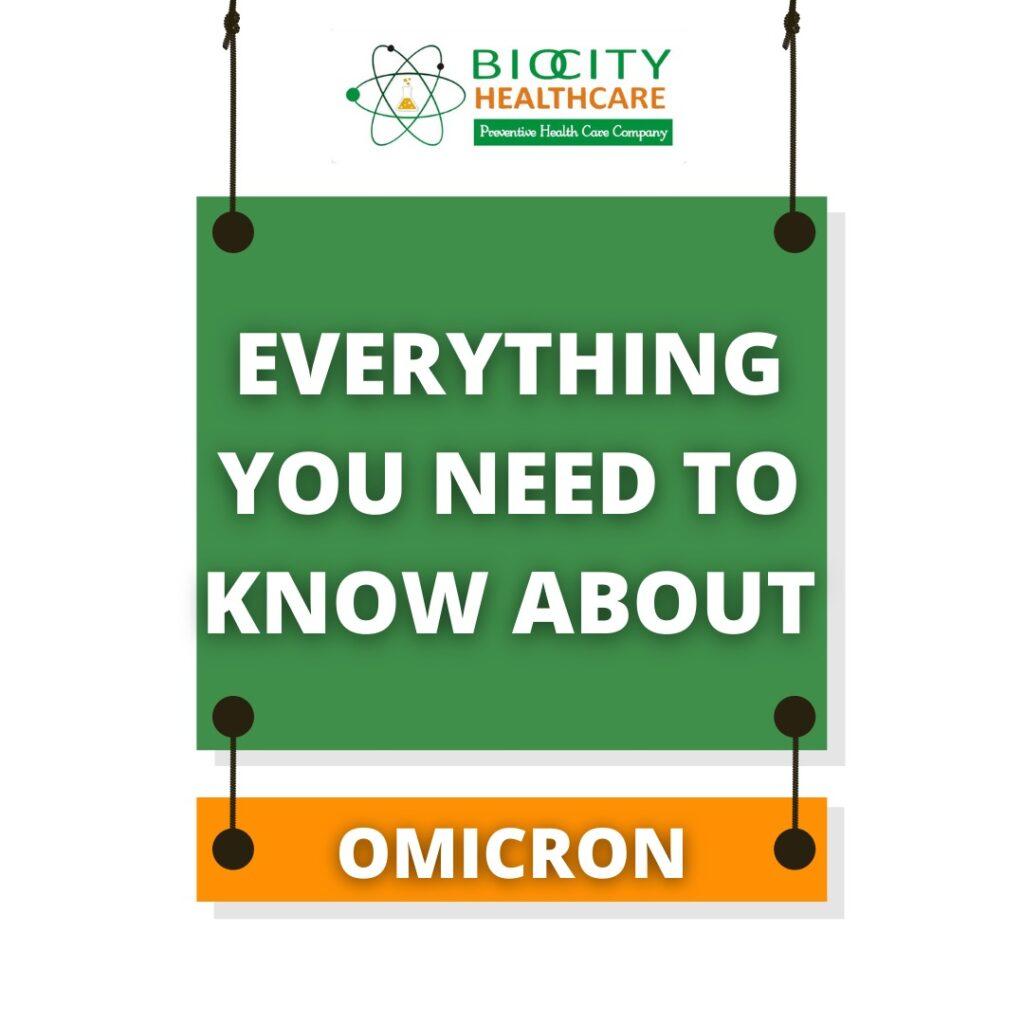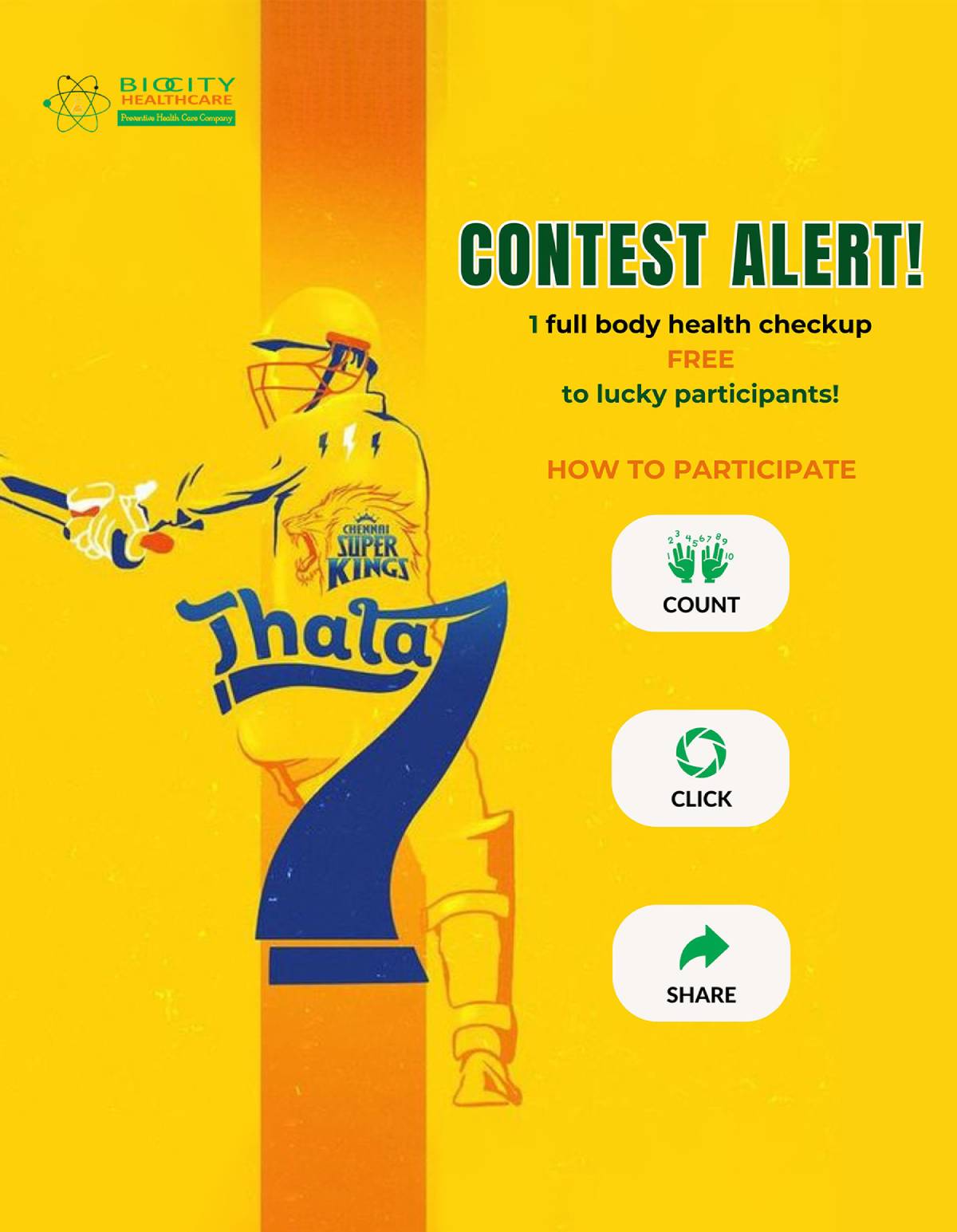Covid-19 has been wreaking havoc on the global economy for the second consecutive year and this time it is the notorious Omicron variant. As of 25th December 2021, Omicron has spread to over 108 countries and with billions yet to be vaccinated, the third wave is far from over.

Why is it called Omicron?
The Omicron variant is the latest addition to the World Health Organization’s (WHO) list of ‘Variants of Concern’. The list now has a total of five variants including the Delta variant.
Its scientific designation B.1.1.529, represents the fact that it has evolved from the B.1 lineage. This means it shares certain genetic similarities with the Alpha, Beta and Delta variants. The WHO has been naming the Covid-19 variants from the Greek alphabets. While it has already used 12 Greek letters, WHO has deliberately picked the 15th letter, i.e. Omicron, skipping Nu and Xi.
A WHO statement in this matter reads, “Two letters were skipped —Nu and Xi — because Nu is too easily confounded with ‘new’ and XI was not used because it is a common surname and WHO best practices for naming new diseases (developed in conjunction with FAO and OIE back in 2015) suggest avoiding ‘causing offence to any cultural, social, national, regional, professional or ethnic groups’.”
The Emergence of Omicron
It is commonly believed that this new mutation was discovered in South Africa. However, it was first detected in Botswana on November 11, 2021 and three days later, on November 14, 2021, the same mutant was found in South Africa.
Botswana’s Sikhulile Moyo, laboratory director at the Botswana-Harvard AIDS Institute Partnership and a team of South African scientists led by Dr. Angelique Coetzee alerted the world about the Omicron variant by reporting the new strain to the WHO. Interestingly, many countries responded with stringent travel norms and restrictions against South Africa but the symptoms were in fact found in certain travellers who flew in from Europe.
The Emergence of Omicron
Early signs of Omicron infections include body ache, fatigue, fever, cough and cold. Most patients have also reported having an acute headache and an overall weakness in the body.
According to Masina Hospital’s Dr. Sonam Solanki, the fever tends to last for three days.
If there’s no respite from fever even after three days, the infection is categorized as moderate to severe and would then require close monitoring.
Who is at Risk?
It is still too early to conclusively state which demographic is at greater risk, there is enough evidence to prove that children between the ages of six months to 16 years are more vulnerable. What makes them more prone to infection is the fact that they are yet to be vaccinated. While in the last two years, most doctors observed that children had better immunity against Covid-19, the Omicron variant has affected them more than the Delta variant.
In Delhi, where seven children lost their lives to Omicron recently, doctors suspect that children with co-morbidities and those under the age of five could be at risk.
Is the Omicron Variant Really Mild?
While experts may have dubbed the Omicron variant to be mild, the numbers make it amply clear that we must not take it lightly.
“Just like previous variants, Omicron is hospitalizing people and it is killing people,” said Dr. Tedros Adhanom Ghebreyesus, WHO’s Director-General while addressing a press conference on January 6, 2022. Compared to the previous wave, the rate of hospitalization in India and around the world is relatively low so far. Unlike the Delta variant, Omicron can be considered less severe but perhaps it could be a mistake to brush it off as mild. M.D Gupte, a former director of the state-run National Institute of Epidemiology and an immunization adviser to the Indian government, told Reuters that a new peak in the number of cases in India is likely by early February.
How effective are Vaccines?
According to a New York Times report, only Pfizer and Moderna are effective against preventing infection, that too when a booster has been administered after double vaccination.
While the two are available in limited parts of the world, most vaccines have successfully worked against decreasing the severity of the infection. As per a study in Britain, Oxford-AstraZeneca’s Covishield has little to no effect in stopping the infection six months after it has been administered. To put this into perspective, 90% of vaccinated Indians received Covishield shots while its 67 million doses have been distributed to 44 countries under Covax, the global vaccine program.
Sinopharm and Sinovac, the two Chinese vaccines that reportedly make up for at least half of the globally administered shots—has no impact at all on the Omicron variant. Ahead of the Olympic Winter Games that are set to take place in Beijing in February, the city has reported its first Omicron case. While the total number of cases in China are unclear, at least 14 Chinese provinces are affected.
What the Numbers Say
The positivity rate and the number of hospitalizations are on the rise across the world. According to the Indian Health Ministry’s data for January 17, 2022, India reported 2.85 lakh cases and 385 deaths in 24 hours. With this, India’s positivity rate has reached a staggering 119.65%. On the same day, over 25,000 new Omicron-fuelled hospitalizations were reported from France—the highest single-day admission rate since November 2020 in the country. Meanwhile, 83,403 cases and 287 were reported from Italy.
The silver lining in the current scenario is that while the positivity rate is at an all-time high globally, compared to the previous variants, the death rate has been significantly low. In a conversation with the English daily, the Indian Express, South Africa’s Dr. Angelique Coetzee advised against getting alarmed by the positivity rates and daily cases. She said that the number of people in the ICU or the deaths caused by Omicron are more likely to bring out the real picture.
RT-PCR or Rapid Tests?
Home tests or Rapid Antigen Tests are priced between ₹250 to ₹350 and the results are out within 15 minutes while an RT-PCR is typically priced between ₹500 to ₹1200. However, if you’re travelling to or from another country, you may have to shell out over ₹3000 to get a rapid RT-PCR done at the airport.
The Indian Council of Medical Research (ICMR) has approved a homegrown testing kit called Omisure, developed by Tata Medical and Diagnostics (Tata MD) to detect the Omicron variant. It has been commercially available since January 12, 2022.
Evaluated by the ICMR, the kit has a two-step testing process that is 100% sensitive and 99.25% specific in detecting corona variants, including Omicron.
Dr.V Ravi, who led the team which developed the kit has made it clear that Omisure is not to be confused for an antigen test and is not one to be used at home.
While an RT-PCR provides the most accurate results and is recommended for those who intend to travel any time soon, Rapid antigen tests have also proved to be quite effective in detecting infection. The key difference between the two is that where RT-PCRs conduct the test based on the genetic component of the virus; self-tests or home-tests detect the presence or absence of S-gene, a protein found in the virus. Home tests may detect the infection quickly and offer some sense of relief, but they also have a notoriously high rate of false negatives. So if you have the symptoms and your home test results are repeatedly negative, it is best to back it up with an RT-PCR. (Book a test here with a free home collection service)
How to Stay Safe?
Studies and research are still on to understand and deal with the Omicron variant. Since we’re yet to know more about this highly contagious mutation, the general guidelines are your best bet to stay safe. Practice social distancing, step out only when needed and always wear a mask when going out in public. If you’re showing symptoms, no matter how mild, wearing an N95 mask is crucial to contain the spread.
It is important to take extra precautions and care to boost your immunity in order to keep Omicron at bay. The T-cells in our immune system have a key role in fighting the virus. To ensure that our T-cells are healthy, it is important to follow a nourishing diet, have a good sleep, exercise regularly and stay hydrated.
Experts suggest that diets rich in Vitamin D, Vitamin C, zinc, fibre, micronutrients and antioxidants can strengthen our immune system. Dietician Ruchi Parmar recommends consuming home-cooked meals that include ghee, amla, ginger and millets. While ghee keeps you warm, amla is packed with Vitamin C. Ginger and millets on the other hand are known to soothe a sore throat and improve blood circulation in our body respectively.
If you want to know how prepared your body is to tackle the virus, check out the Biocity Immunity Advance Package which has five parameters for assessing your immunity. The test reveals your blood count, the presence of antibodies while also determining whether there could be a possible Covid-19 infection. As a preventive measure, the package also includes a video consultation along with a six-month diet chart provided by a lifestyle expert.



Indeed a very well written & researched article on the subject that is taking the world by storm. Never realized on the Greek alphabet listing aspect. Maybe the WHO also skipped the Nu & Xi as these start from the 13th alphabet!